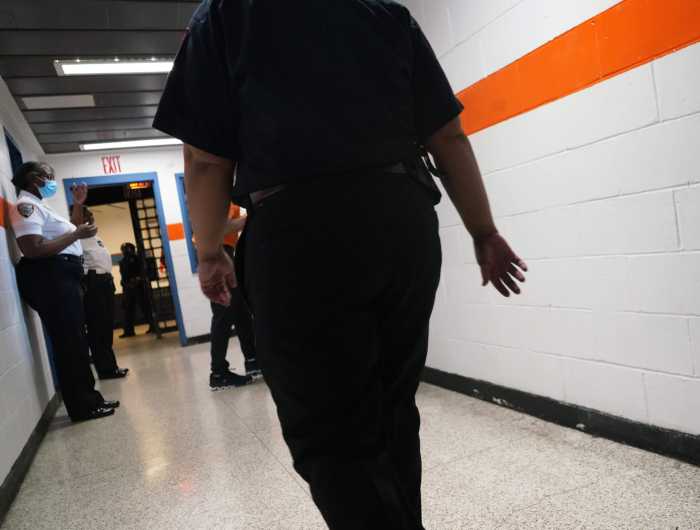Robert Smithson’s investigations are as fresh as a generation ago
Robert Smithson’s retrospective at the Whitney Museum of American Art, curated by Eugenie Tsai, is an exercise in entropy. Spatially concise, the show is expansive beyond its physical borders, engaging ideas and landscapes both in and out of the museum. Not surprising, since Smithson’s investigation of the concept of site invented new parameters for sculpture that are as shockingly fresh today as they were in the ‘60s and ‘70s.
The exhibition sets out on a chronological path, opening with Smithson’s rarely seen Pop paintings and a selection of mirror sculptures. His early experimentation establishes vision as an activity that fractures and contextualizes the world around us. “Pointless Vanishing Point,” 1967, is a pleated white metal sculpture that looks like steps receding in perspective, seen from a bird’s-eye view. It feels larger than its actual physical form, cannibalizing the time it takes to gaze over its length.
The show continues with a selection of works from his “Mirror Displacements,” in which pairings of mirrors with piles of shells, soil, and rock salt imply infinite progressions. Crouching down to view reflections in the double-sided mirrors of “Rocks and Mirror Square II,” 1969/71, one encounters an infinite grid of rubble as real, if not more so, than the rocks themselves. “Hotel Palenque,” 1969, is a slide lecture in which the artist narrates the construction and decay of a Mexican hotel with a creative ambiguity both ironic and sincere. Smithson’s lecture is exemplary, for like his sculpture, it dispenses with hierarchy, simultaneously building and breaking down chronology, material, and place.
Halfway through the exhibition, Tsai throws a chronological curve which viscerally incorporates time into the body of the exhibition by reintroducing early works alongside others made later in Smithson’s career. Dialogues between these works reveal common ideological threads, and relieve the tension of the exhibition’s impending end. We move on to encounter the artist’s early Expressionist paintings alongside other films and drawings, including his iconic “Spiral Jetty” from 1970. Like this perpetually unspooling earthwork, Smithson’s dialogue flows backward just as fluidly as it moves forward, unconstrained by time.
gaycitynews.com

































